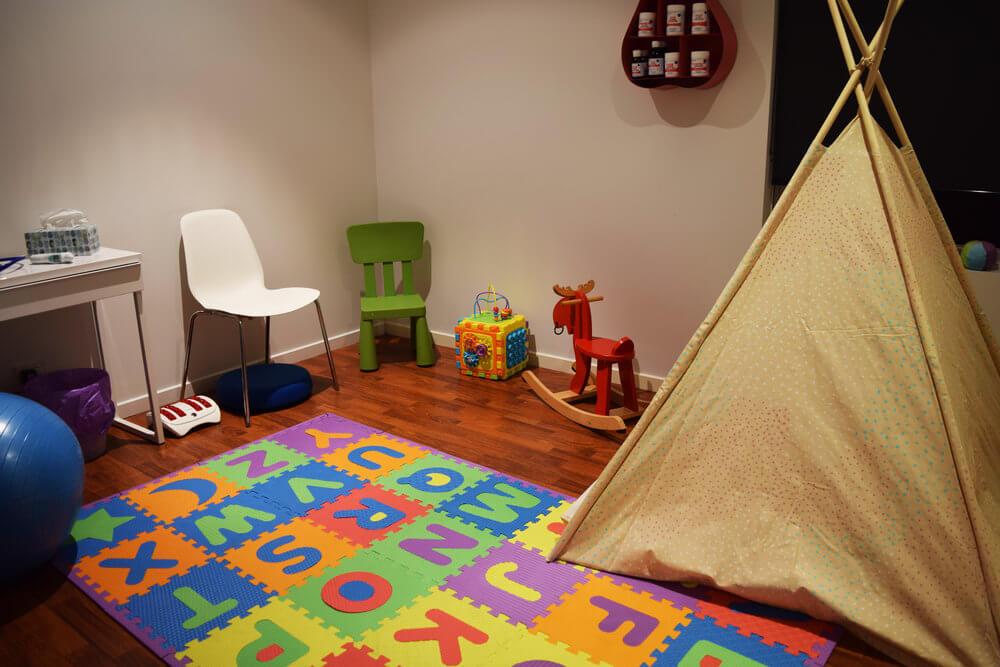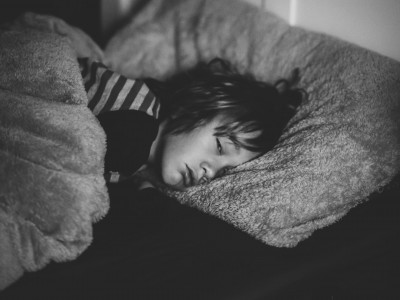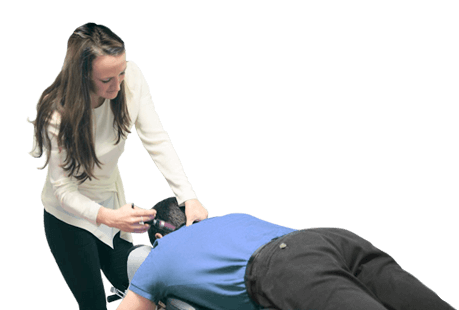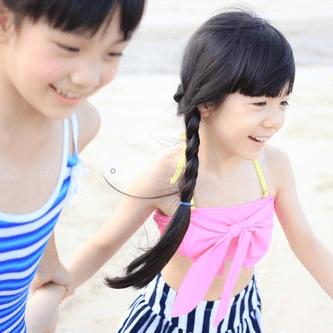
Gentle and soothing treatment
tailored to your child
- Reputable and experienced paediatric-trained chiropractors with child-friendly room
- Active listening and observation to understand your child
- Gentle, soothing techniques tailored to kids of different ages
Are you worried about your child’s development?
Would you like to correct your child’s poor posture, or other concern before it gets worse?
Chiropractic for kids, also known as paediatric chiropractic, is a gentle therapy for children.
Children are treated in a different way from adults - you wouldn’t give your newborn the same medicine and dosage as you would take yourself would you?
Well, we’ll treat your child according to their age and complaint. Always making sure we explain what we are doing, why we are doing it, and even demonstrating what we’ll do on you, before we touch your child.
It’s hard enough to see your child in pain. That’s why we do all we can to make sure you understand what’s going on - and feel comfortable with your child’s treatment.
You see, we’ll only ever treat your child with the thumbs up from you.
Why see a kids chiropractor?
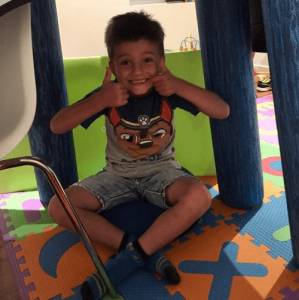
You know your child best.
If you still can’t get your child to sleep due to discomfort, they’ve taken a big fall in the playground, or you’re worried about their development, it may resolve itself. Or it may need more attention.
As a parent, you know when something doesn’t feel right.
So, when you’ve decided to try out a chiropractor that enjoys regularly treating kids, get an assessment from a practitioner you know and trust - or one who has been recommended.
Many parents in Australia and around the world bring their children to paediatric chiropractors when they need help with:
- Slouching or poor posture
- Poor coordination
- Poor sleep due to pain
- Abnormal ‘W’ seated position
- Back pain
- Slow to reach developmental milestones
- Sports injuries
- Knee and hip pain
- Flat feet and knocked knees
- Pulled elbow
- Tight muscles
- Playground rough and tumble, injuries, pains & check-ups
- Sleeping in weird and wonderful positions
- Falls from strollers, down the stairs or off the swings
- Poor balance and frequent falls
More research is needed to see exactly what Paediatric Chiropractic can help with.
Research studies are generally performed on a single condition using one treatment technique. For example, headaches and neck adjustments.
Of course for a headache, we don't just use one technique - adjustments in this example. We take a holistic approach and look at your child's diet, stress, posture, sleep, muscles and other factors that can contribute.
If chiropractic treatment is suitable for your child, it may help your child enjoy a pain-free childhood. So they can focus on being a kid - playing, having fun, and learning.
Is chiropractic really safe for kids
Oh - what a controversial topic!
Yes, you can expect your paediatric-trained chiropractor to treat your child safely and gently.
But like any health service, there's the chance of side effects. Around 1% will have a mild reaction like tenderness or irritability which lasts less than 24 hours. It's rare for more severe side effects, especially after a complete assessment (Doyle 2011) (Todd et al 2015).
After we run through your child’s detailed history and assessment - and we decide whether chiropractic care may help your child, we’ll let you know what specific techniques we’ll use.
You may be relieved and surprised to know there’s no ‘cracking’ involved. The techniques used for an adult, a 16 year-old, and a 16 month-old are all different.
Your child is unique and we’ll take a special approach.
We’ll use techniques suited to your child’s complaint and age, such as:
- Cranial therapy
- Gentle holds
- Massage
- Stretches
- Supplements and basic nutritional counseling
- Low-force, non-cracking adjustments (using an activator, blocks or a drop-piece table)
- Manual adjustments (only for mature bodies after thorough discussion with you and your child)
- Home exercises or games to play to strengthen the core, muscles and coordination
And we'll provide lifestyle advice such as:
- Sleep positions
- Pillows & mattresses
Evidence-based care combines your child's and your preference with the practitioner's experience as well as the scientific research.
We'll let you know what we think - but it's important we know what you feel as well. So that we use only techniques you are happy with.
Is chiropractic treatment suitable for babies?
Yes. Babies have fragile spines and bodies as well as a developing brain & nervous system. This is why they need extra gentle chiropractic care.
We understand you prefer the most natural, gentle approach possible to help you baby feel better. You want your bub to be comfortable and grow well.
Will treatment hurt my baby?
When you bring your baby to see us, we’ll free up restricted joints. Many babies sleep through the gentle session.
The pressure placed on the joints is no more than you would use on your own eyeball - it’s so light and comforting, parents often comment: ‘Is that it?’. To reassure you, we’ll show you what we’ll do - and the pressure we’ll use - before we treat your child.
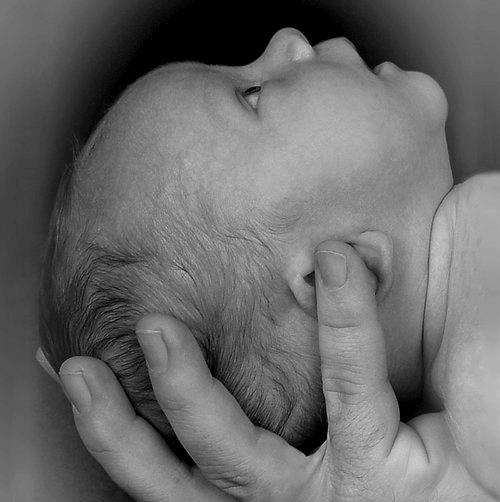
Why do parents bring babies for chiropractic treatments?
As a parent, you know your baby.
It can be tiring, frustrating, and worrying for you when something doesn't feel right. But you can't put your finger on what it is.
Your baby can't communicate their discomfort. You have to look for clues.
Be assured, other parents are going through the same frustrations. That’s why they decide to give chiropractic a go for:
- Feeding issues due to jaw or neck restrictions
- Sleeping difficulties due to pain
- Low muscle tone (hypotonia or floppy baby)
- General check-up
- Crawling, rolling over or movement difficulties
- Poor head control
Parents may notice their baby favours one side when breastfeeding or sleeping. They may arch or pull off the boob / bottle. Difficulty attaching, poor seal, dribbling or trouble swallowing. These are some indications of biomechanical dysfunction leading to breastfeeding difficulties (World Health Organisation 2009) (Vallone & Carnegie-Hargreaves 2016).
One study showed that more than half of infants with breastfeeding difficulties had neck tightness (Fludder & Keil 2018).
Does treatment involve cracking or crunching?
No.
When you think of a chiropractor, you may imagine the ‘cracking’ (we use the term ‘adjustment’) that happens in adult chiropractic sessions. What you may not realise is that adults can be safely adjusted in a way that’s not suitable for children.
Kids need to be treated gently - and safely - to suit their age and complaint.
Will my child get side effects after seeing a chiropractor?
It’s possible. Around 1 in 100 children get irritable after a treatment - and this usually lasts less than 24 hours.
If you have an older child that has had manual adjustments done, they may pull up a little tender. Just like the tenderness you may feel after a massage - or when your kids play netball or footy after the off-season.
This usually goes away within a few days.
As with Osteopathy, Physiotherapy and manual medical therapies, serious reactions are rare with Chiropractic (Todd et al 2016).
What can I expect for my child’s first session?
We are here to help you and your child. So we’ll explain everything we do in a way that’s easy for you to understand.
At the first session we’ll:
- Chat about your child’s complaint and development
- Do assessments with your child
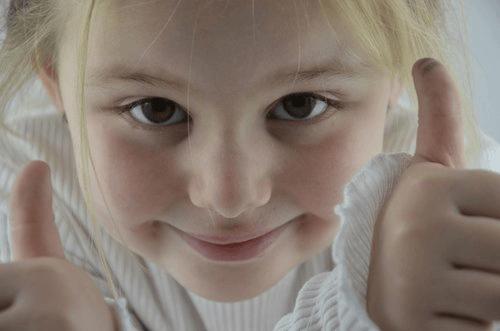
During this session, the paediatric-trained chiropractor aims to answer 5 questions:
- Why are you worried?
- Does the complaint have anything to do with the way your child moves, eats, sleeps, or other daily activity?
- Is your child’s brain maturing and developing as expected for their age?
- Does your child have tight muscles or are joints restricted which may affect the way they move and develop?
- Is chiropractic suitable for your child?
We want to find out more about your child so we can decide if we can help - and if so - how we can help.
Our chat with you - and assessments on your child will help us answer these 5 questions.
What are assessments?
These are not as formal or as scary as they sound. Think of assessments as us simply asking your child to do something - and we take note of what they do, and how they do it.
This could involve asking your child to catch a ball, jump, sit at a desk, or look in a certain direction (if your child can easily understand instructions).
We’ll assess any of the following areas:
- Postural assessment: including standing, seated at their desk and sleeping
- Movement pattern assessment: including running, jumping, squatting and playing
- Joints and muscles assessment
- Primitive reflexes (automatic reflexes) and neurological maturity assessment
- Sensory patterns assessment (how your child reacts to the info they receive from their senses)
- Sensory and motor integration patterns assessment
From this initial assessment, we may arrange a brain scan, also known as ‘Functional Brain Scans - Quantitative Electroencephalograms (QEEG)’.
About brain scans
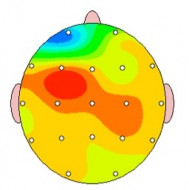
A brain scan gives us a map of how your child’s brain works.
It analyses the electrical activity in your child’s brain and highlights patterns.
It's not necessary for most kids, but for some it can be a helpful assessment tool.
Are chiropractors medical doctors?
No. Our Paediatric-trained Chiropractors are chiropractors who have done extra studies in paediatric chiropractic - on top of the usual 5 year course.
They are not medical doctors and have not been medically trained in neurology or paediatrics.
If you’d like medical advice before your child’s consultation, please speak to your medical neurologist or paediatrician.
About your paediatric-trained chiropractors
Cassie was an unsettled child struggling with sensory defensiveness, frequent headaches and learning difficulties. She understands firsthand, but also as a mum herself, the challenges of childhood.
Fast forward to the adult Dr Cassie (Chiropractor) and you wouldn’t realise she went through these struggles. She has tutored school kids and worked in paediatric chiropractic for ten years.
As a parent, you may appreciate her down-to-earth nature, easy way with kids, and how she makes it easy to understand what’s going on. Treating your child in a kid-friendly room with toys may help too!
Dr Tonilee (Chiropractor) is passionate about helping the whole family. She is experienced in treating from pre-conception throughout childhood. She came to chiropractic with her own childhood sporting injuries and this is a particular area of interest for her.
Our paediatric-trained chiropractors are passionate about helping kids lead fun, creative and confident lives by decreasing their pain and improving their posture.
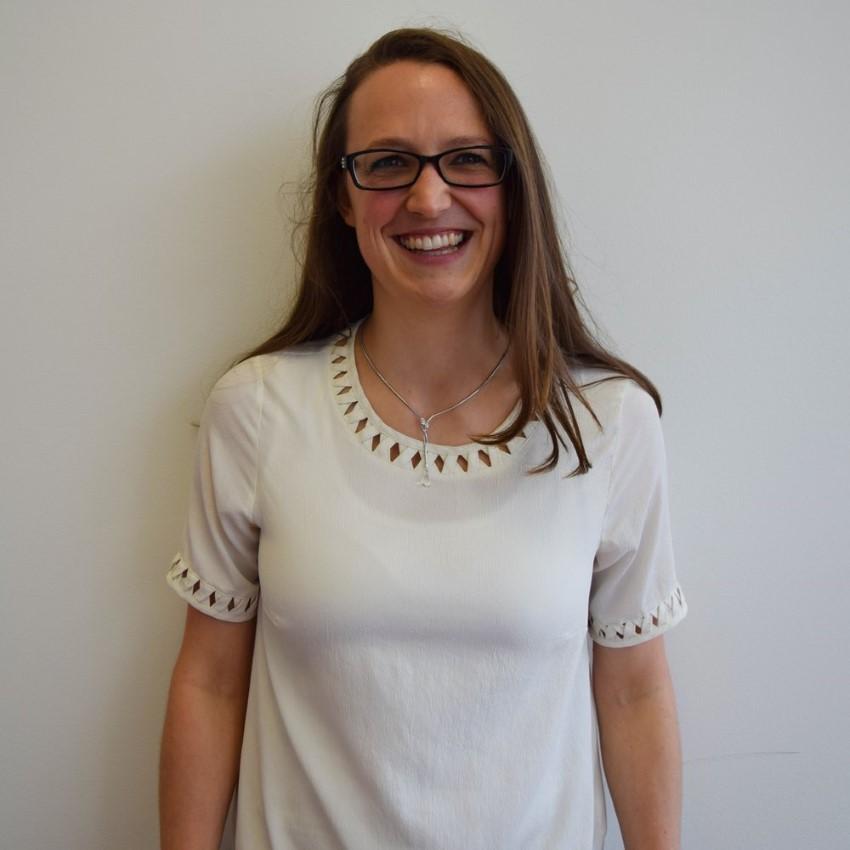
Types of chiropractor appointments available
First appointment: 30 minutes
Regular appointments: 10 - 30 minutes depending on what your child is presenting with
Review: 30 minutes
Related articles you'll enjoy
Kids chiropractor in Melbourne’s western suburbs
We’re based in Moonee Ponds and are visited by patients from the Western suburbs of Melbourne, and beyond. Includes:
- Altona
- Ascot Vale
- Brunswick
- Coburg
- Essendon
- Flemington
- Footscray
- Maribyrnong
- Moonee Ponds
- Niddrie
- Pascoe Vale
- Williamstown
- Yarraville
- Melbourne
Kids chiropractor at Body and Brain Centre
- Soothing and gentle treatment tailored to your child
- Relaxed, child-friendly play-based treatment room
- All techniques explained so you fully understand your child’s treatment
Children are not a distraction from more important work. They are the most important work. - C.S. Lewis.
Make a booking or contact us if you have any questions.
References
- Author Unknown (2005). World Health Organisation. WHO guidelines on basic training and safety in Chiropractic 2005.
- Doyle MF (2011). Is chiropractic paediatric care safe? A best evidence topic. Clinical Chiropractic. Volume 14, Issue 3, September 2011, Pages 97-105
- Parnell Prevost C, Gleberzon B, Carleo B, Anderson K, Cark M, Pohlman KA (2019). Manual therapy for the pediatric population: a systematic review. BMC Complement Altern Med. 2019 Mar 13;19(1):60. doi: 10.1186/s12906-019-2447-2.
- Sackett DL, Rosenberg WM, Gray JA, Haynes RB, Richardson WS (1996). Evidence based medicine: what it is and what it isn’t. BMJ. 1996; 312: 71-72
- Todd AJ, Carroll MT, Robinson A, Mitchell EKL. Adverse Events Due to Chiropractic and Other Manual Therapies for Infants and Children: A Review of the Literature. J Manipulative Physiol Ther. 2015 Nov-Dec;38(9):699-712. Doi: 10.1016/j.jmpt.2014.09.008. Epub 2014 Oct 30.
- Todd A, Carroll M & Mitchell E (2016). Forces of Commonly Used Chiropractic Techniques for Children: a Review of the Literature. Journal Manipulative and Physiological Therapeutics. Vol 39. Issue 6. July-August 2016. Pg 401-410
- World Health Organisation (2009). Infant and young child feeding: model chapter for textbooks for medical students and allied health professionals. WHO Press.


